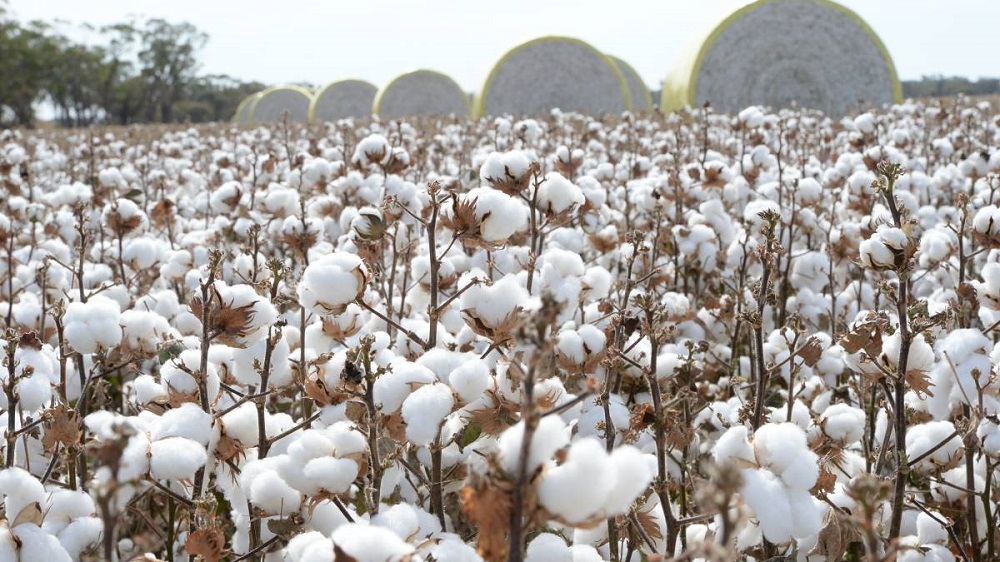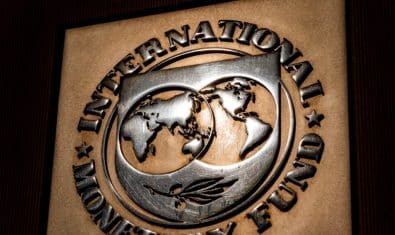The high-powered Federal Committee on Agriculture (FCA), mandated the overseeing of strategic measures to ensure food security in the country in a meeting that was held under the Chairmanship of the Federal Minister for National Food Security & Research (MNFS&R), Syed Fakhar Imam.
While reviewing the performance of the Rabi crops (2020-21), the FCA observed that wheat production for 2020-2021 is estimated to be 26.04 million tons from an area of 9.191 million hectares, with an increase of 1.7 percent in production over the last year.
The FCA held detailed deliberations over the production targets for the essential Kharif crops for 2021-22, and decided to fix a target of 10.5 million bales of cotton production from an area of 2.33 million hectares, and fixed a production target of 8.2 million tons of rice from over 3.07 million hectares of land.
The FCA was informed that the production of potatoes for 2020-2021 has been estimated at 5,742.7 thousand tons from an area of 226.1 thousand hectares, which showed an increase of 829.7 percent in production over the last year.
It also discussed the production achievements of other essential crops like grams, lentils, onions, and tomatoes.
ALSO READ
IMF Projects Pakistan’s Total Debt to Increase to 92.9% of GDP in 2021
The production targets for the maize, mung, mash, and chili crops were also fixed at the meeting, and the FCA fixed the production target (2021-22) for sugar cane at 74.84 million tons from over an area of 1.18 million hectares.
While discussing the availability of agricultural inputs for the Kharif crops (2021-22) the FCA was informed that the expected shortfall will be 16 percent.
For the year 2021-2022, the water availability in the canals heads will remain at 67.60 million acres feet (MAF) anticipated for the Kharif 2021 (April-Sept) as against last year which was 65.233 MAF. At present, all the provinces have sufficient supplies of water in the system.
The Meteorological Department declared that based on the climate projections, there will be normal to slightly above normal rainfalls all over the country. The gradual rise in temperature will accelerate the melting of the snow in the northern areas and a subsequent increase in runoff in the upper Indus region. Additionally, low rains may cause water stress for the standing crops, especially in the rainfed belt.
There are chances of isolated lightning/thunder along with gusty winds/hails/showers over the plains and sub-mountainous areas. Fewer rains and seasonal rise in air temperatures may intensify the ongoing drought conditions over south-western Balochistan and the Tharparkar region of Sindh. Therefore, the department recommended judicious use of the available stock of water.
The committee was informed that the availability of rice and maize seed will remain as per the requirement. Despite the prevailing pandemic situation, the agricultural credit disbursement made by lending institutions is gradually picking up the pace.
ALSO READ
Pakistan’s Gross External Financing Needs to Cross $28 Billion in 3 Years
During July 2020 and February 2021, the agriculture lending institutions had disbursed Rs. 806.4 billion, which is 53.8 percent of the overall annual target and 2.9 percent higher than the disbursement of Rs. 783.8 billion made during the same period last year. Furthermore, the outstanding portfolio of agriculture loans had increased by Rs. 30.2 billion (from Rs. 565.6 billion to Rs. 595.8 billion) by the end of February 2021, as compared to the same period last year.
In terms of outreach, 3.5 million borrowers had benefitted by the end of February 2021. Currently, 50 agriculture lending institutions, including five major commercial banks, two specialized banks (the ZTBL and the PPCBL), five Islamic banks, 11 microfinance banks, and 13 microfinance institutions/Rural Support Programs are providing agriculture loans to the farming community.
The FCA appreciated the positive impact of the fertilizer subsidy scheme which contributed to a high yield, and noted that the supply of urea and DAP fertilizers had been satisfactory during the Rabi season 2020-2021. Due to the local production and the available stocks, the supply position of urea will remain adequate during the Kharif season.
The availability of the DAP will also remain satisfactory because of smooth inputs but its price is Rs. 5,400 per 50 kg bag as compared to the previous season due to the increasing trend in the international market as many manufacturing plants were shut down after being impacted by the pandemic.
Besides the participation of senior officers of the MNFS&R, the meeting was attended by the Provincial Agriculture Departments, the State Bank of Pakistan (SBP), the Zarai Taraqiati Bank Limited (ZTBL), the National Fertilizer Development Center (NFDC), the Pakistan Meteorological Department, the Indus River System Authority, and the Planning Commission of Pakistan.


























